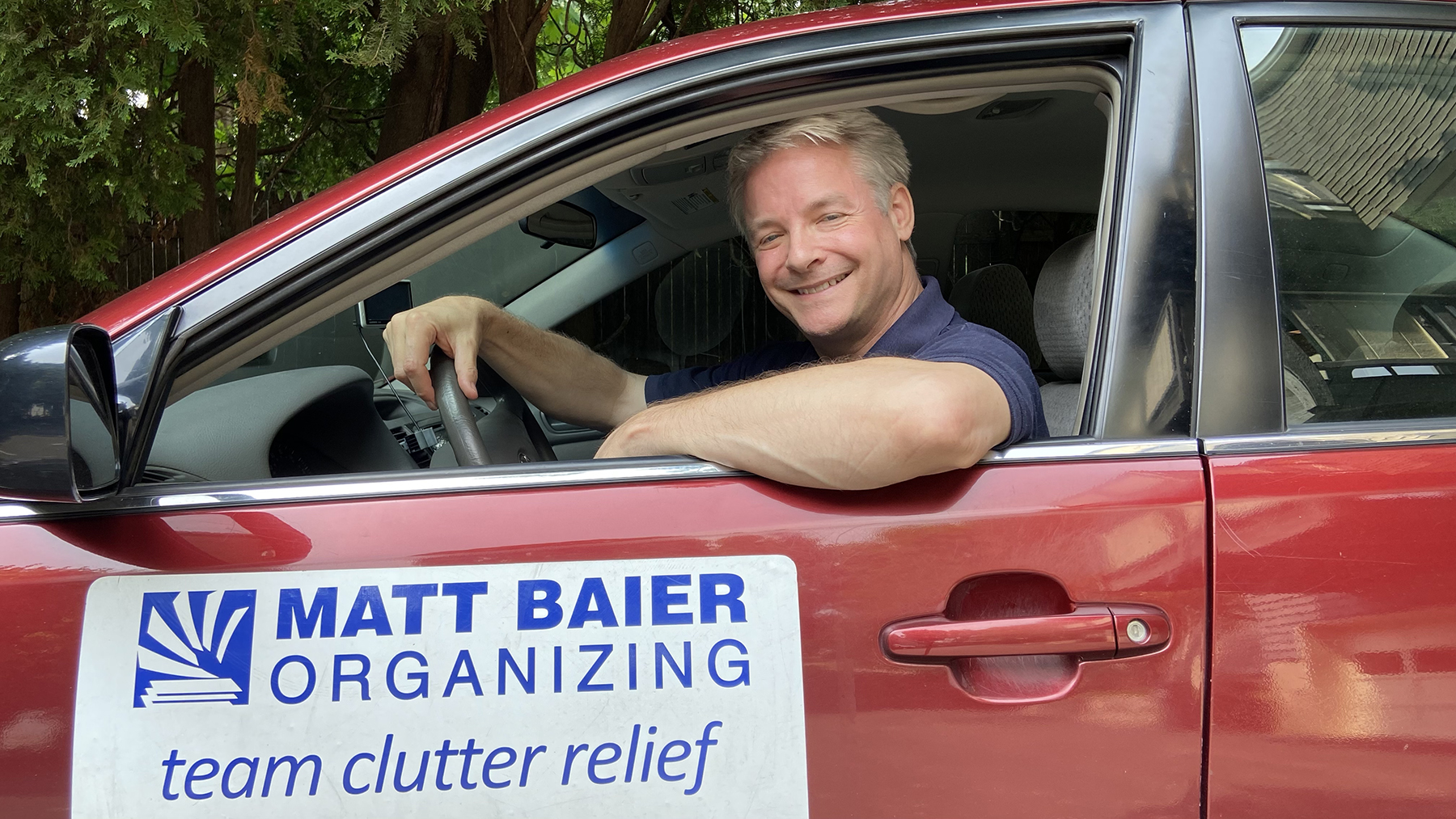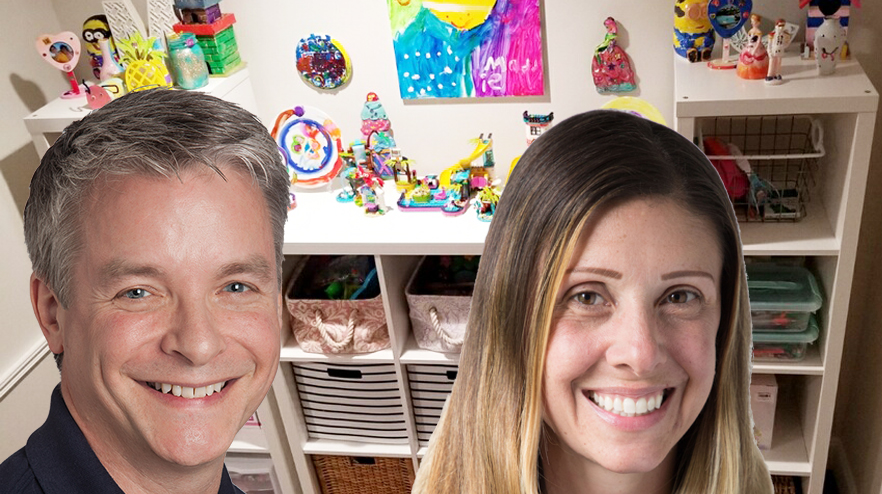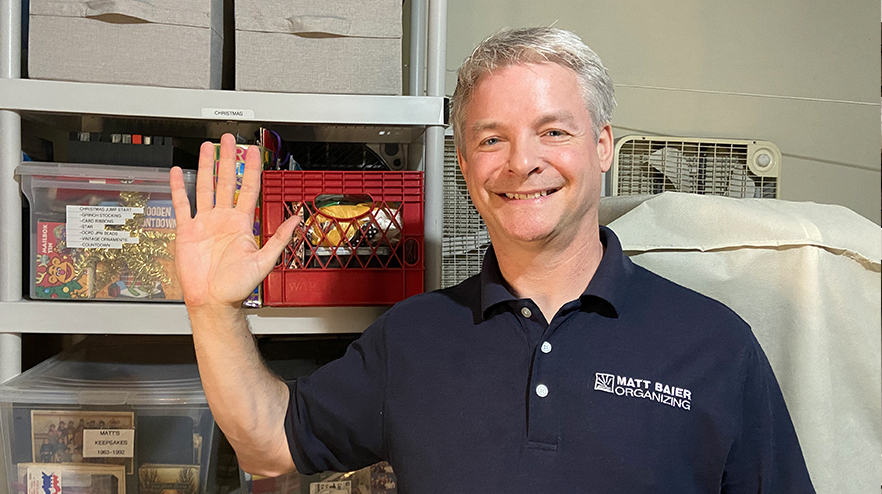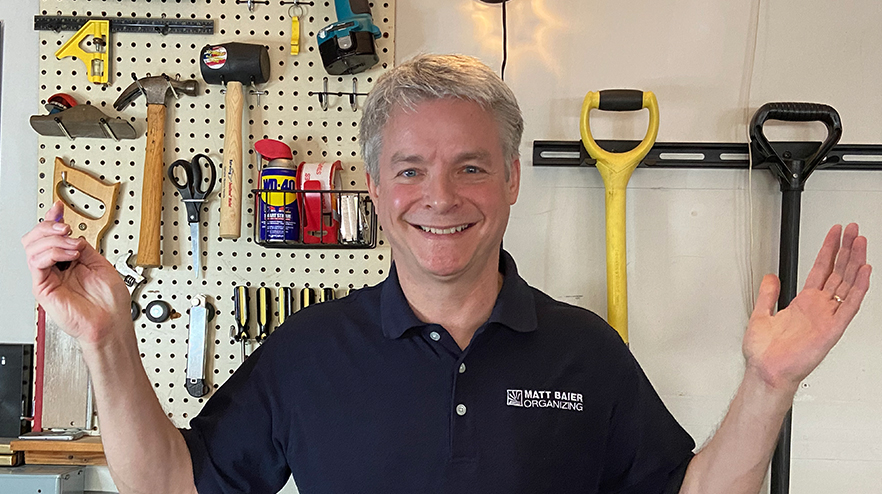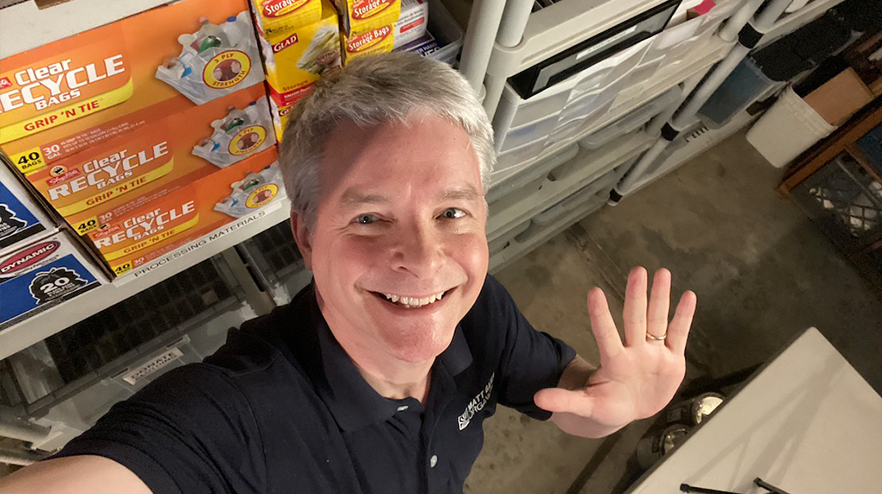Thanksgiving can be a time when you really wish you were more organized in the kitchen. You can find 30 salad plates that nobody uses, but where’s that gravy boat? There is more built-in storage in the kitchen than in any room in the house. This should be helpful, but all too often it causes more problems than it solves. The greater the opportunity to store, the greater the risk of losing. Here are some simple kitchen tips that will help you find what you want, when you want it.
Less is More.
The reason you hear “less is more” so often is because it’s true. Case in point, how many spatulas can you use at once? (Hint: 8 is too many) If utensils are broken, melted, or have dust on them, then you probably don’t need them. You may well have some “perfectly good” but excess utensils, that would get far more use if donated than jamming up your drawers. If you can reduce 3 drawers of utensils down to 2, you can free up a new drawer for the spices you use all the time.
Usability Dictates Locality.
Store it where you use it. Need to grab utensils in a hurry when you cook? Store them near the stove. Want to spend less time putting dishes away? Keep them in the cupboard over the dishwasher. Need to mix water with your cleaning supplies? Keep them under the sink.
Frequency Merits Facility.
The more often you need something, the easier it should be to access. Forget how much you love your Wedgewood china. It needs to takes a backseat to the recycling, which you may hate but use all the time. Make the recycling dead simple. This also helps the other end. For example, you may use that gravy boat 2 times a year. If it’s on a remote shelf with the other “rarely used items” it will actually be easier to find than if it’s mixed in with everything else.
Dedicated Zones.
I believe the most important rule with dedicated zones is to first make a GENEROUS ALLOWANCE. For example, let’s say your dedicated zone for plastic bags is an old tissue box (maybe you read about this tip in a DIY magazine or blog). Problem is you have a cat with a litter box and this tissue box trick is far from adequate, so you start storing plastic bags elsewhere, which translates to “everywhere.” When there are no boundaries, the clutter piles up. Instead, give yourself some REALISTIC boundaries, then say “that’s it!” I dedicate one of those half milk crates to shopping bags for the cat litter. When the half crate is full, the incoming bags go back to the grocery store for recycling.
“Junk Drawers” Beget Junk.
Many clients I work with implore me with “Aw come on, you gotta have a junk drawer!” Really? Batteries need their own home. Screwdrivers and spare hinges belong in a “tools/utility” box or drawer. Birthday candles need to go with party or holiday items. The rest just tends to be junk. It’s OK to be junk because it’s a “junk drawer.” If, however, you decide that you DON’T “gotta have a junk drawer” it’s possible to free it up for something actually useful.
TODAY’S KEY TO UNLOCKING CLUTTER: For kitchen items, home is where the use is.
Please Share With Your Community
Related Posts
Testimonials
What some of our clients are saying
Imagine An Organized Home









